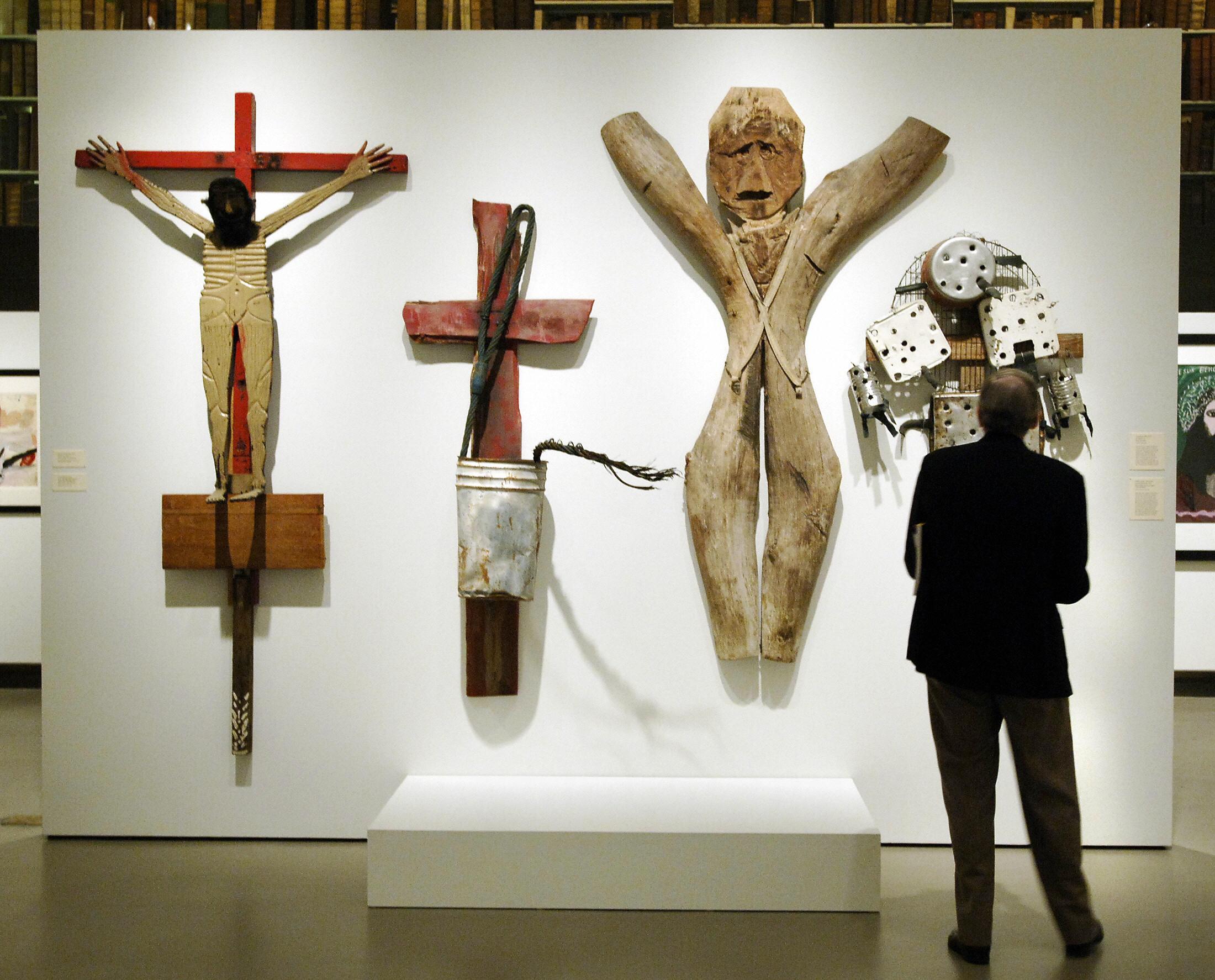The Museum of Biblical Art, a 10-year-old Manhattan institution which “celebrates and interprets art inspired by the Bible,” announced Tuesday it will shut down in June. The closing will come after the conclusion of its most popular show ever, a rapturously reviewed exhibit of Donatello sculptures that have never been seen in the United States. Why couldn’t this respected institution survive? The answer isn’t flattering to either secular art patrons or religious ones.
MOBIA opened under the auspices of the American Bible Society, an organization devoted to Bible translation and distribution. In 2005, it spun off into its current entity, an independent secular and scholarly museum devoted to examining the Bible’s influence on Western art. But it has never been able to shake off its association with the Christian ministry, from which it still receives important support, including $1 annual rent on its gallery spaces and offices near Columbus Circle. The ABS’s impending move to Philadelphia would have required the museum to find a new home in Manhattan, at a cost of at least $1.5 million a year. That would have been a major ongoing fundraising challenge for a mid-size museum with a current operating budget between $2.5 million and $3.5 million, but it shouldn’t be impossible in the millionaire’s playground of Manhattan.
Perhaps the problem was that pesky aroma of Christianity. The museum’s director, Richard P. Townsend, told the New York Times that despite his best efforts there was persistent “brand confusion” about MOBIA’s association with the ABS. An anonymous former publicist for the museum told the Times, “Just having the world ‘Bible’ in the name says to many people that we’re a conservative, right-wing group, and that could not be further from the case.”
But the museum’s closure should also embarrass wealthy Christians, who ought to have been thrilled to support a rare serious-minded institution devoted to the Bible’s influence on culture. (Luckily, the Metropolitan Museum of Art’s remarkable collection of Christian art is just a 30-minute stroll across the park.) As Gregory Wolfe, the editor of the highbrow Christian arts journal Image, tweeted yesterday, “The fate of MOBIA is evidence of the gap between religious thinkers calling for engagement w/the arts & the state of religious philanthropy.” A universe in which MOBIA fails and the accidentally campy Creation Museum lives on is enough to make one question the existence of a just God.
It’s a shame that in order to survive, a museum like MOBIA apparently has to become either overtly “faith-based,” or not frighten anyone by even including the word “Biblical” in its title. Of course it’s possible that there were conditions specific to MOBIA—its leadership, its lack of a permanent collection—that kept big donors at bay. But it’s striking that while Mobia faltered, so many great Jewish cultural spaces thrive in New York: the Museum of Jewish Heritage ($12 million operating budget), the Jewish Museum ($17 million), the 92nd Street Y ($56 million), and so on. Those institutions have both a distinctive cultural character and broad appeal. It speaks poorly of both Christian and secular New Yorkers that when a museum with Christian cultural heritage tries to strike a similar balance between scholarship and identity, it can’t make it in the big city.
